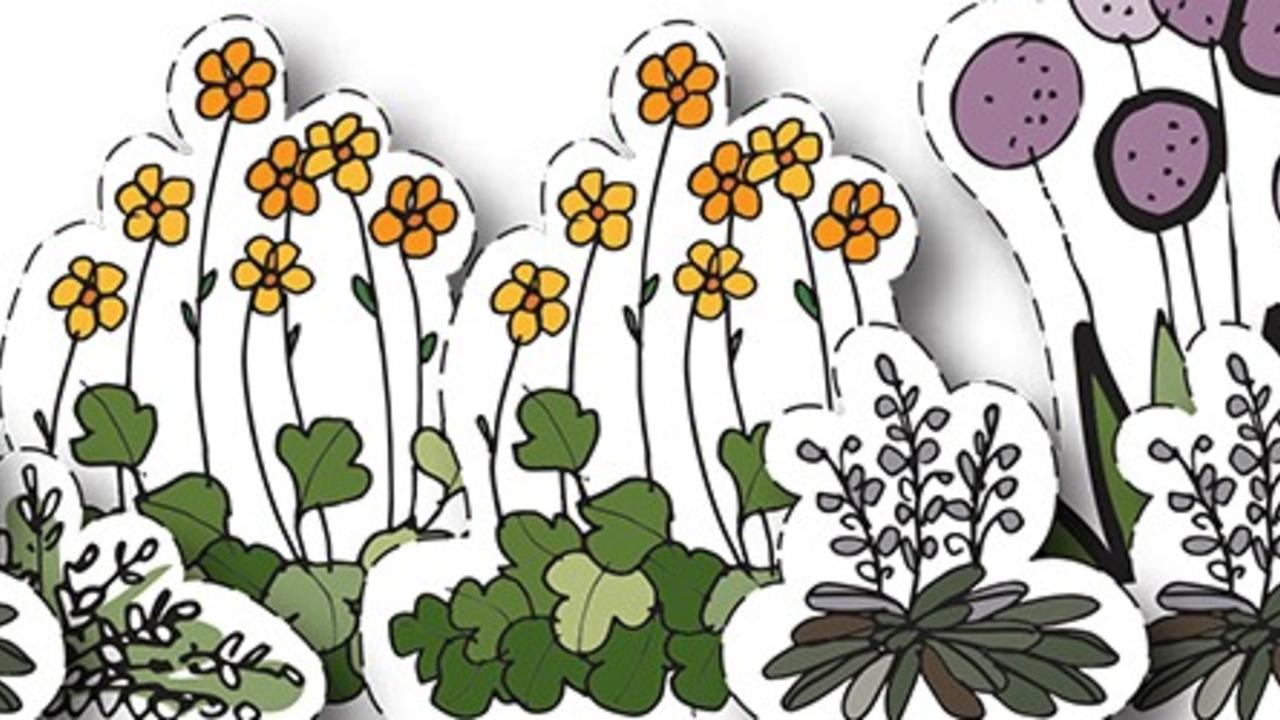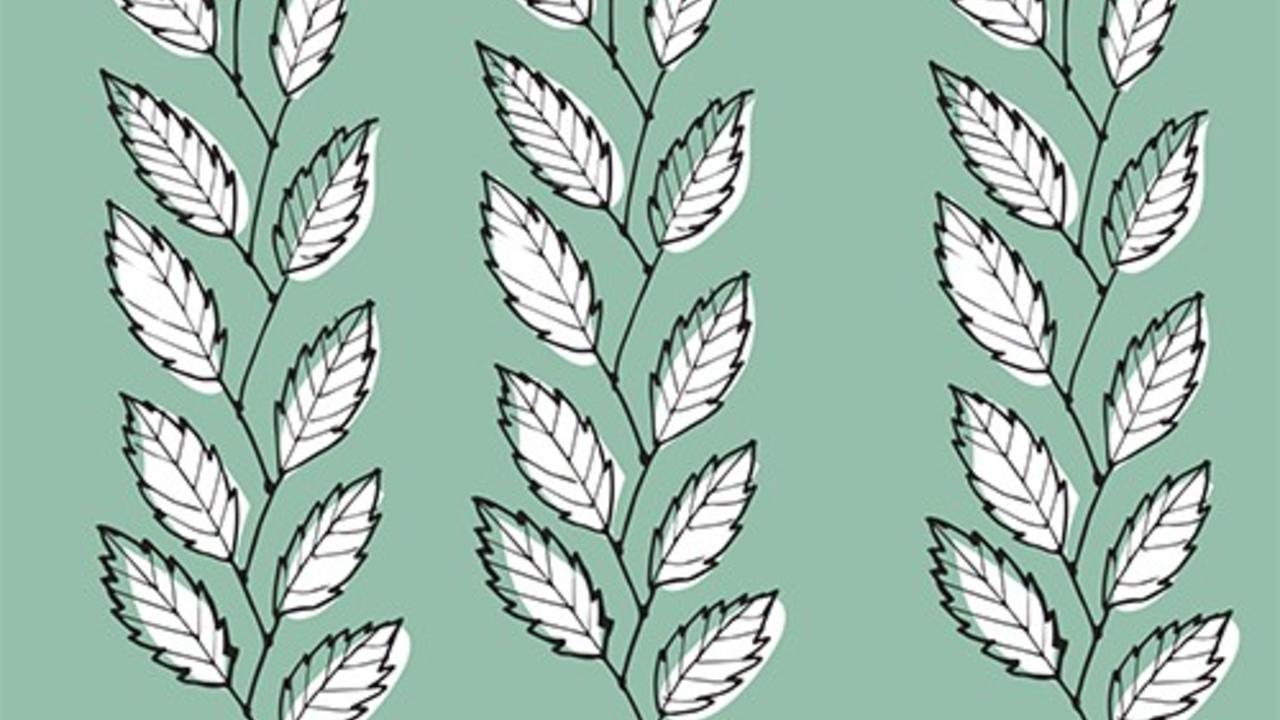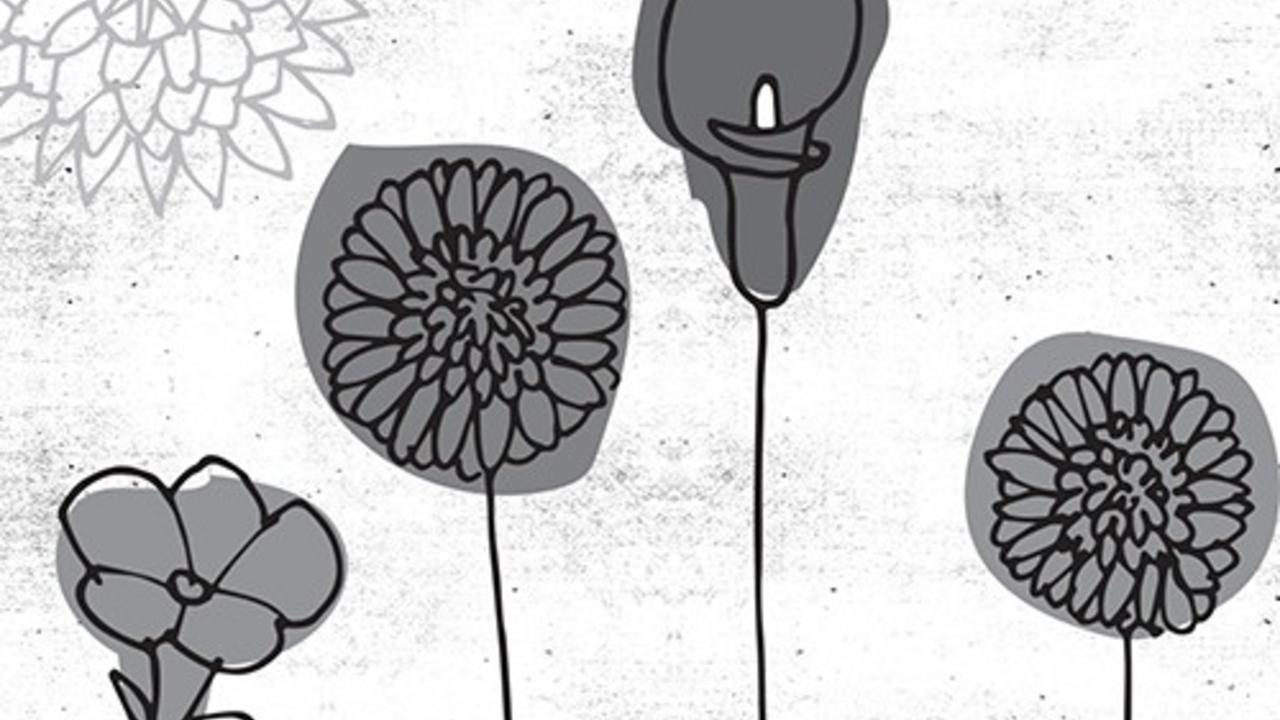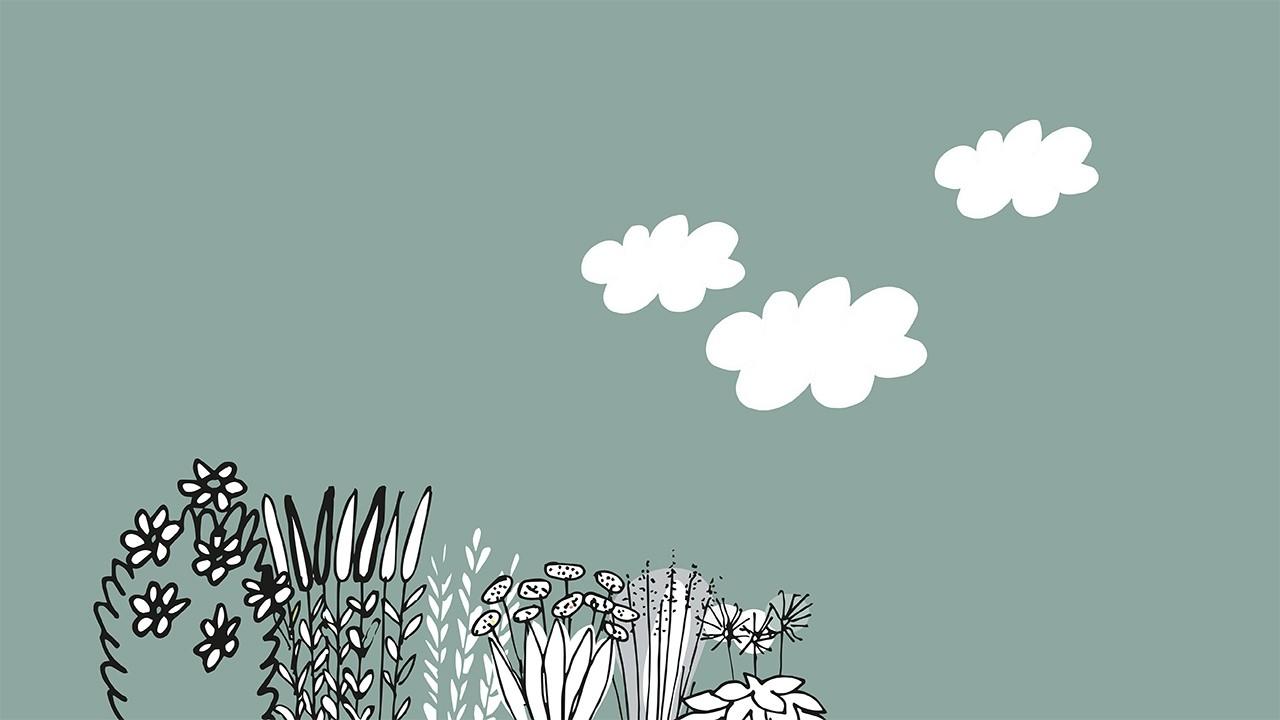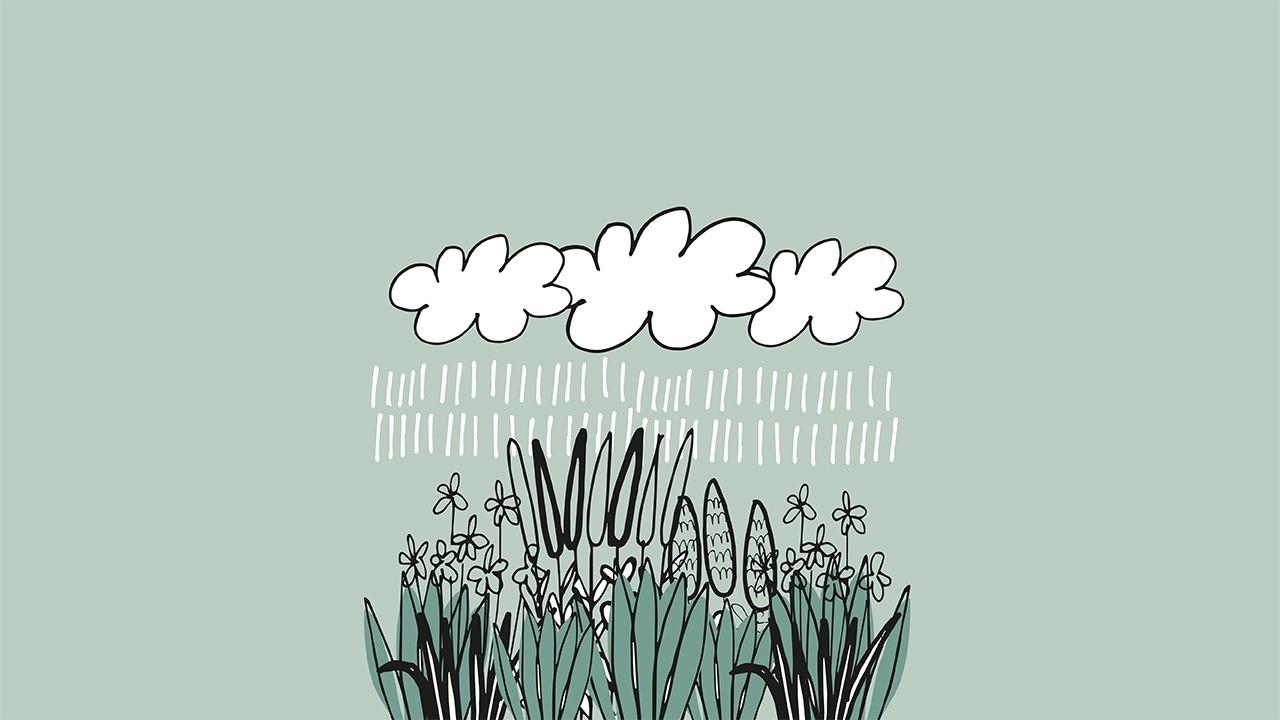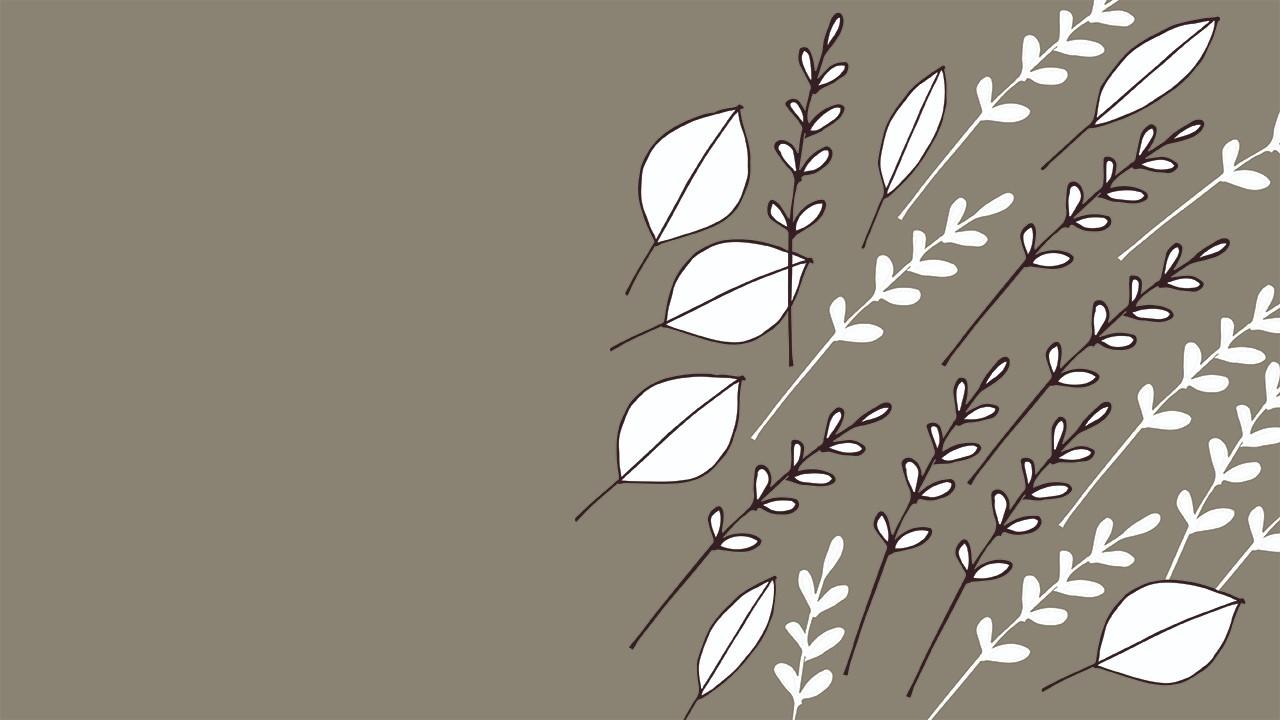BLOG
A WORK IN PROGRESS
Like many of you, our garden is a work in progress. Our first step back in 2020 was establishing our garden rooms (dining area, fi...
Garden design is more than just choosing beautiful plants...it’s about shaping living communities that grow, shift, and thrive over time. One of the b...
A fun way to approach planting design is to visualize your garden in elevation (looking at your garden as if you were standing in front of it). Once y...
Here in the US Midwest (zones 4 & 5) our predominant native plant community is prairie (what's left of it). Rolling hills, open plains, fewer trees, f...
As gardeners we strive to learn as many plants as possible. We learn by weeding around them, taking photos and notes, and simply working with them. ...
Once the holidays end in December, it seems that January and February can dwell on as we yearn for spring to arrive. To add a bright light to these sh...
A few weeks ago I wrote a post on my favorite summer blooming alliums; Allium 'summer beauty' and Allium 'millenium'. Now I'd like to share my late-su...
Polka dots are sweet and dainty, while being a great companion to other bold patterns. Yes, the polka dots in my garden are sweet, but they are also t...
While visiting Reiman Gardens in Ames, Iowa, I had the pleasure of stumbling across one of their annual displays, the black border. It is a lovely, da...
When I wrote my post on rain gardens, I thought it would be fun to use my theme garden design process to add a little more punch to this type of lands...
When we create a landscape design it's important that we communicate what's on the plan. The plants are one of the most significant elements and typic...
Spatial Design vs. Planting Design: Why the Difference Matters
When you approach garden design, it’s easy to jump straight to the plants—after all, t...
A rain garden is a planting area that captures runoff from rain that falls on roofs, driveways or yards. They help create landscapes that are both bea...
People often ask where I search out new plants for my designs. Besides books, I enjoy perusing online plant databases. These are great for narrowing d...
Planting design is a science and an art. The science takes into consideration what your plants need to thrive, while the art is about composition. The...




